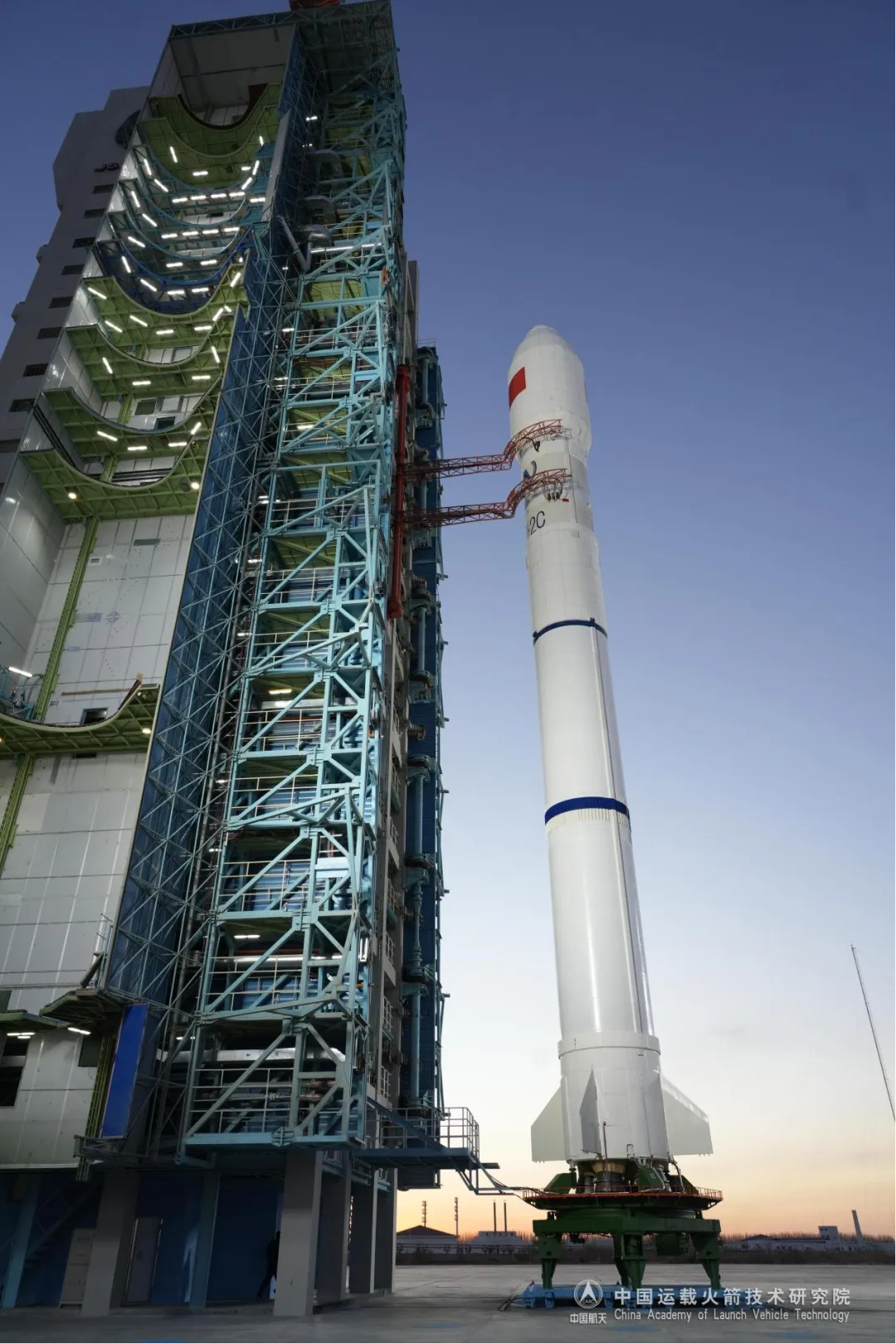New Space Monitoring Trio Reaches Orbit Following Jiuquan Launch [Long March 2C]
Active spacecraft and orbiting debris are set to be observed by an expanded fleet of similarly tasked satellites.
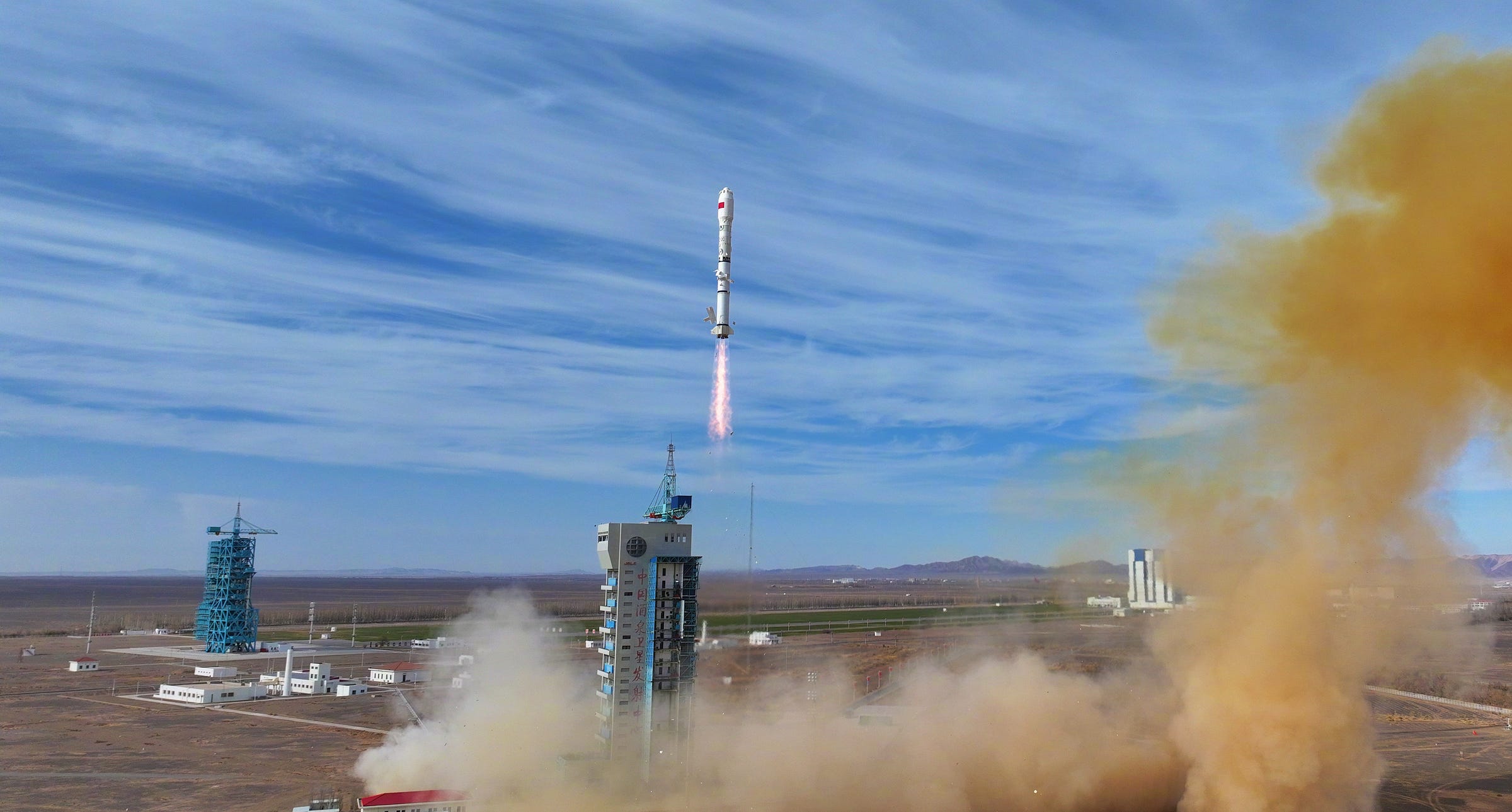
A Long March 2C blasted off from Launch Area 4 at the Jiuquan Satellite Launch Center on November 19th at 12:01 pm China Standard Time (04:01 am Universal Coordinated Time, heading for low Earth orbit with three satellites.
The three satellites atop of the rocket were Shijian-30A, 30B, and 30C (实践三十号A, B, C), developed by the Shanghai Academy of Spaceflight Technology. According to the academy, these spacecraft will be used for space environment monitoring and related technology verifications. That may include tracking active spacecraft and orbiting debris, or observing each other’s activity.
Today’s Shijian-30 trio has a similar task to April’s Shiyan-27 group, July’s Shiyan-28B-01, and August’s Shiyan-28B-02, as well as the Tianping-3 quartet launched between October 2024 and April 2025.
Shijian (实践) designated spacecraft are flown to figure out best operational practices for new technologies, with the name literally translating to Practice in English. Shiyan (实验) is a similar satellite designation used for technology development spacecraft, and the name literally translates to Experiment.
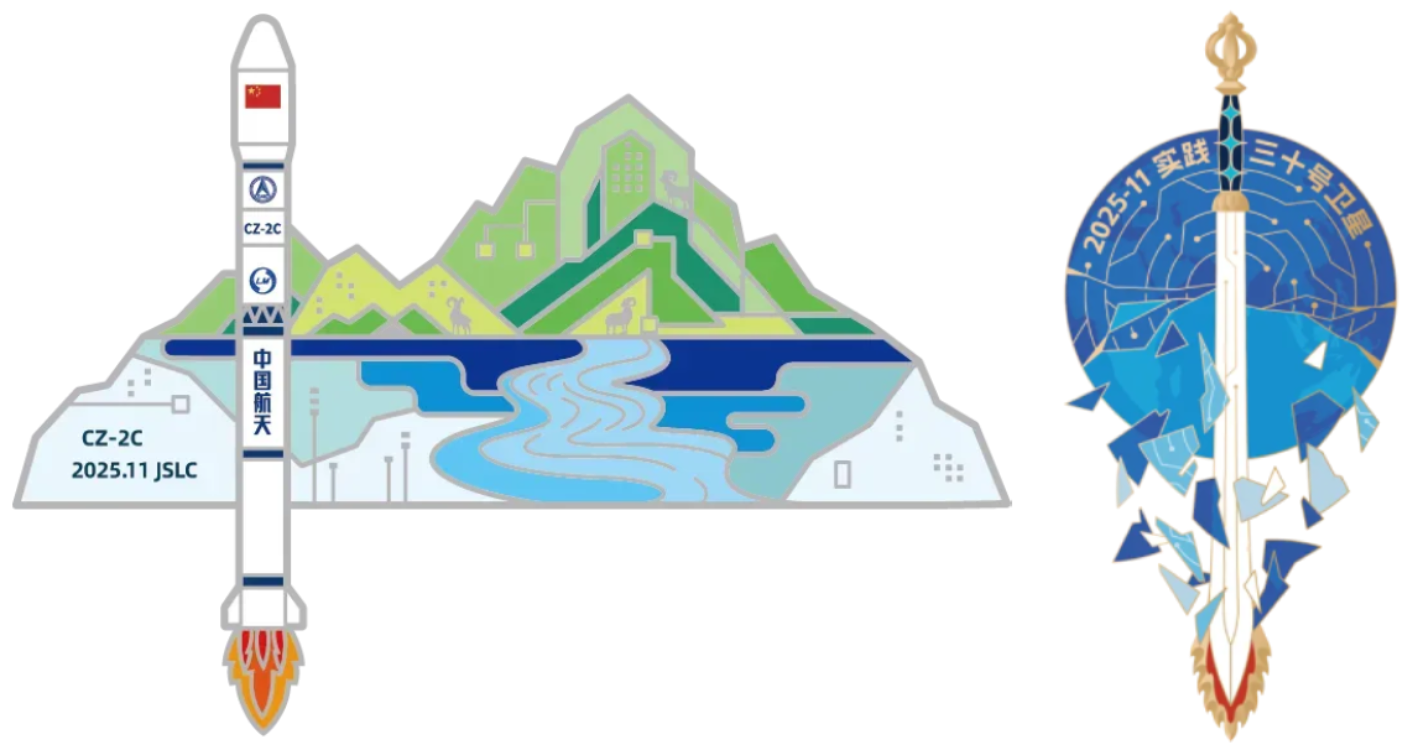
Following the successful launch, the China Academy of Launch Vehicle Technology noted that its launch preparation teams optimized the payload layout within the vehicle’s 4.2-meter diameter fairing to best fit with the Shijian-30 trios’ design. It was also mentioned that this launch of the Long March 2C took place on a compressed launch schedule due to events at the launch site (the coming launch of the Shenzhou-22 spacecraft and recent return of the Shenzhou-20 crew).
Today’s launch was the 84th launch of the Long March 2C, and the 608th launch of the Long March launch vehicle series. This was also the 74th launch attempt from China in 2025.
Liftoff video via 大漠问天 on WeChat.
Check out the previous Long March 2C launch
Internet Constellation Test Satellites Delivered to Orbit [Long March 2C/YZ-1S]
From the Jiuquan Satellite Launch Center’s Launch Area 4, a Long March 2C lifted off at 09:06 am China Standard Time (01:06 Universal Coordinated Time) on September 16th, heading for low Earth orbit. Four test spacecraft were delivered by the rocket.
What is the Long March 2C?
This section is for those less familiar with China’s Long March series of launch vehicles.
The Long March 2C is one of the oldest launch vehicles from China performing missions regularly to low earth and sun-synchronous orbits by the China Academy of Launch Vehicle Technology. The two stages of the launch vehicle both burn Dinitrogen Tetroxide and Unsymmetrical Dimethylhydrazine.
The payload capacity of the launch vehicle is currently as follows:
3,850 kilograms to low Earth orbit
1,900 kilograms to a sun-synchronous orbit
1,250 kilograms to a geostationary transfer orbit
The first-stage is powered by four YF-21C engines, which generate 302 tons of thrust burning Dinitrogen Tetroxide and Unsymmetrical Dimethylhydrazine. The second-stage is powered by a single YF-22E engine and four YF-23C verniers that generate 80 tons of thrust while also burning Dinitrogen Tetroxide and Unsymmetrical Dimethylhydrazine.
On the launch pad, the Long March 2C is 42 meters tall and weighs 233,000 kilograms when fully fuelled. The first and second stages have a diameter of 3.35 meters, with the fairing having a diameter of either 3.35 or 4.2 meters.
So far the Long March 2C has flown from all three inland launch sites, the Jiuquan Satellite Launch Center, the Taiyuan Satellite Launch Center, and the Xichang Satellite Launch Center.

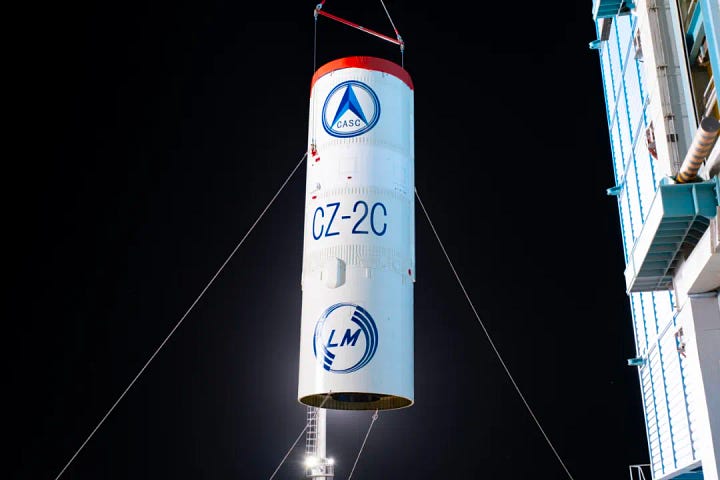
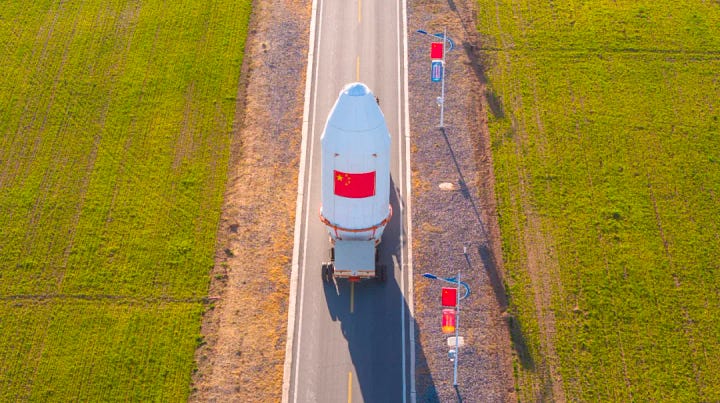
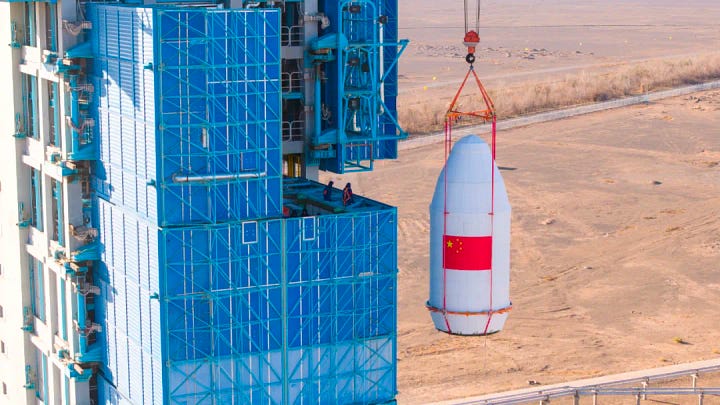



![Internet Constellation Test Satellites Delivered to Orbit [Long March 2C/YZ-1S]](https://substackcdn.com/image/fetch/$s_!fZ-4!,w_1300,h_650,c_fill,f_auto,q_auto:good,fl_progressive:steep,g_auto/https%3A%2F%2Fsubstack-post-media.s3.amazonaws.com%2Fpublic%2Fimages%2Fc3d43a1e-e182-49d7-bf06-08fc31edb2dc_3648x2002.jpeg)
